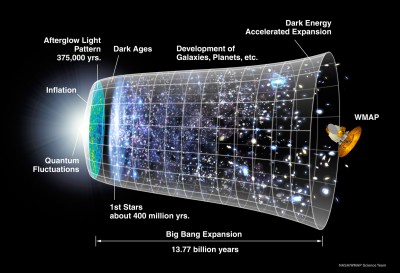 How did it all begin? Where did we come from? Where are we going?
How did it all begin? Where did we come from? Where are we going?
Cosmologists tell their story.
Cosmology is the study of the entire universe, or at least as much of the universe that we can see with our telescopes and other instruments and even the parts we can speculate about. Scientists who study cosmology are usually astrophysicists and they call themselves cosmologists.
One of their current views of the universe is the theory of the Big Bang which I’m sure you have heard of.
But what is the big bang? What banged? When did it happen?
Without going into too many scientific details, you will learn a little bit about the big bang, its relationship to cosmology and the importance of it for our lives here on planet Earth.
The Big Bang
Cosmologists say that the universe as we know it began about 13.7 billion years ago in a flash of energy that resulted in electromagnetic radiation and some particulate matter that was so hot that matter as we know it could not even form.
As soon as the universe came into being, it instantaneously expanded in a process known as inflation by a factor of a billion billion billion times.
After inflation, which lasted less time that you can even imagine, the universe was a seething, hot soup of particles and radiation. The universe was so dense that the radiation could not escape.
380,000 years after the new universe was expanding and cooling, it had cooled enough so that radiation could escape and this radiation is still detectable today! This is called the “cosmic microwave background radiation.”
It was about this time that electrons combined with protons and neutrons to from hydrogen and helium atoms. Initially, 25% of all atoms in the universe were helium, and a small fraction was lithium. There was no carbon, oxygen, nitrogen, or other elements essential for life.
A billion years after the big bang, gravity brought together the helium and hydrogen gases and caused them to coalesce into giant dust clouds. When the clouds became dense enough, they ignited and became the first stars.
Due to the gravitational attraction of the stars for each other, they eventually formed galaxies. As the galaxies clustered together the first stars died and in the process, produced the heavier elements in space.
The Solar System
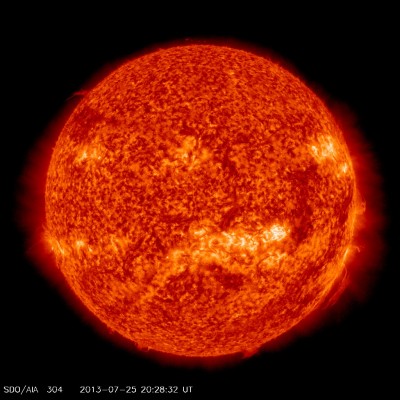 After many generations of such stars forming and dying, there was enough matter in this section of the universe for the solar system to form. This happened about 4.5 billion years ago.
After many generations of such stars forming and dying, there was enough matter in this section of the universe for the solar system to form. This happened about 4.5 billion years ago.
Dust particles of all sizes coalesced together to form pebbles. Pebbles came together to form rocks. As the rocks got bigger, boulders form. Then asteroids, from about a mile across to thei size of a small town came together over millions of years. Comets also formed and, ultimately planets. One of the planets – the third one from the sun – lies in the Goldie Locks Zone where liquid water can flourish. This is where we live today on planet Earth.
The Earth
For millions of years, the Earth was bombarded with meteors, comets, asteroids, planetesimals, and other objects and was a red hot ball of lava.
When the Earth was about 50 million years old, one of these objects, which may have been the size of Mars crashed into Earth and broke out to become our Moon.
All of these collisions, coupled with the heavier, radioactive materials in the center of the Earth kept the temperature of the core high enough for the core to be a molten ball of iron and nickel.
Since all of this matter in the Earth’s core was rotating and, the Earth developed a magnetic field. It was this magnetic field that deflected high energy particles from the Sun away from the Earth, just providing a shield for the primordial atmosphere.
The primordial atmosphere was filled with noxious gasses like carbon dioxide, sulfur dioxide, and others.
The Earth took about a billion years to cool so that water could exist on the surface and land masses, first the size of islands could form.
Life
Life in the form of microbes appeared about 3.8 billion years ago. This was the primary form life until about 560 million years ago, when simple animals evolved.
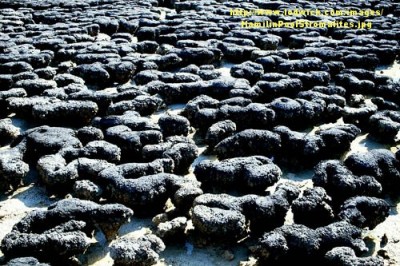
Stromatolites from Cyanobacteria
For most of those 3.2 billion years between microbes and simple animals, cyanobacteria harnessed the light of the Sun through the process of photosynthesis. They increased the concentration of oxygen in the atmosphere from virtually zero to the present day value of 20%.
Fish have been around for about 500 million years and amphibians for about 360 million years. Birds came about 150 million years ago and flowers about 130 million years ago.
Primates flourished about 60 million years ago and the first humanoids evolved 20 million years ago. The modern human species only appeared 200,000 years ago! We are the newcomers on the block and look what we have done to Mother Earth. That is the subject of another book!
So, we, as humans, are here only because of
- The Big Bang
- Supernovae exploded in this part of the universe creating all the heavy elements needed for life
- The solar system coalesced out of the gas and debris from the explosions
- Planet Earth is in the Goldie Locks Zone where liquid water can exist
- A colossal collision between the Earth and another object about the size of Mars gave rise to our Moon, which caused the axis of rotation of the earth to tilt creating seasons, and the tidal forces which stirred up the early earth
- Cyanobacteria over a period of 3.2 billion years changed the concentration of free oxygen in the air to what it is today, allowing amphibians, reptiles, mammals, birds, flowers and primates to evolve before us
- Conditions were sufficient for primates to evolve into humanoids and homosapians
- There was enough food, oxygen, water, kindness, and wisdom to bring us to present time!


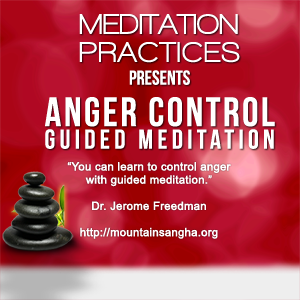

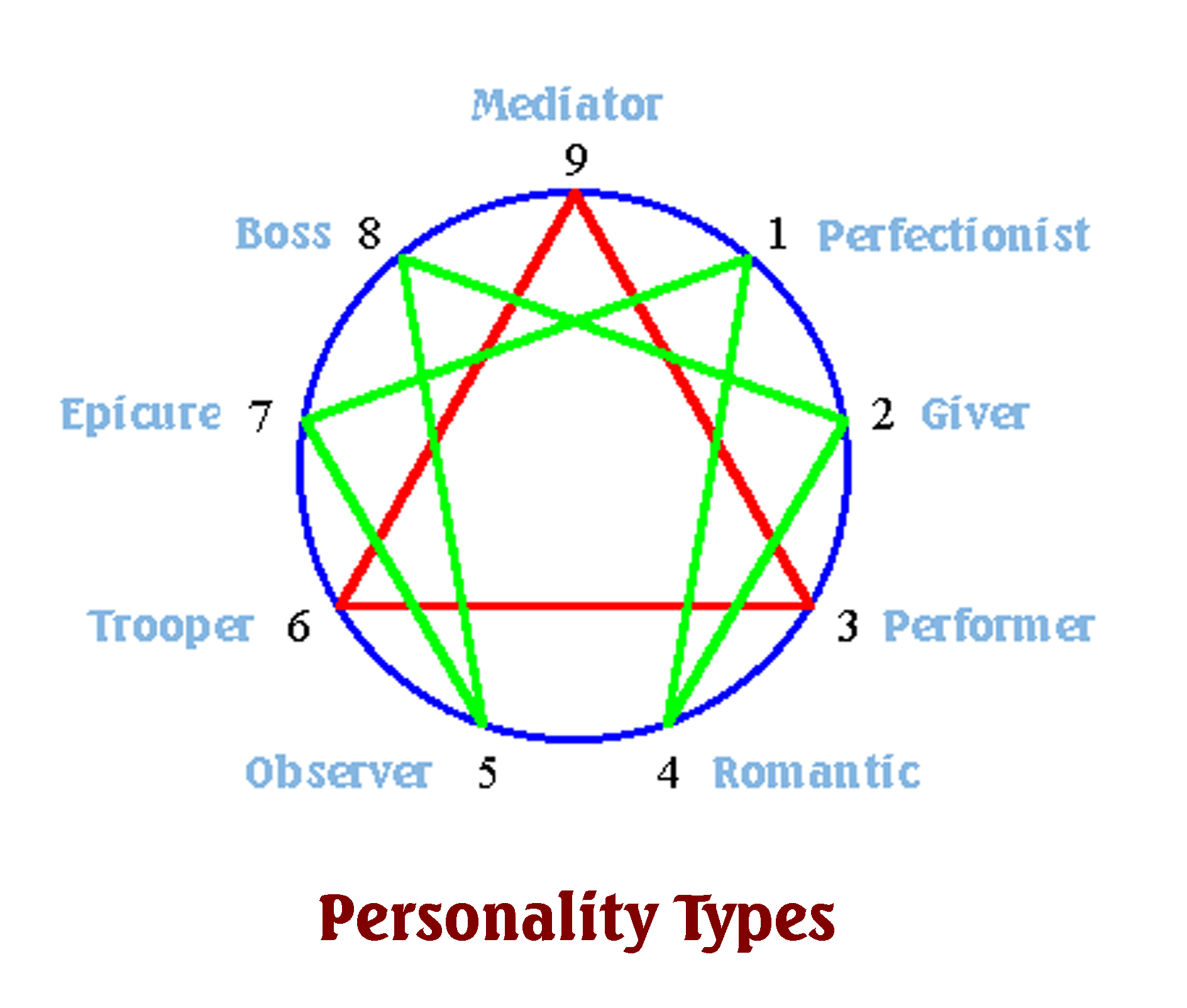
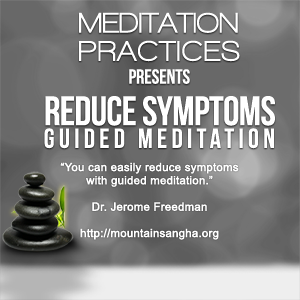
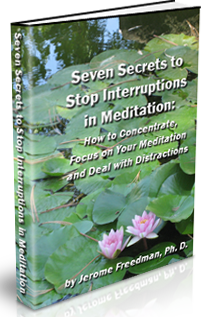



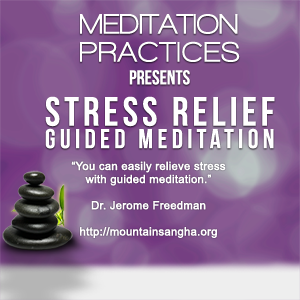


You must be logged in to post a comment.